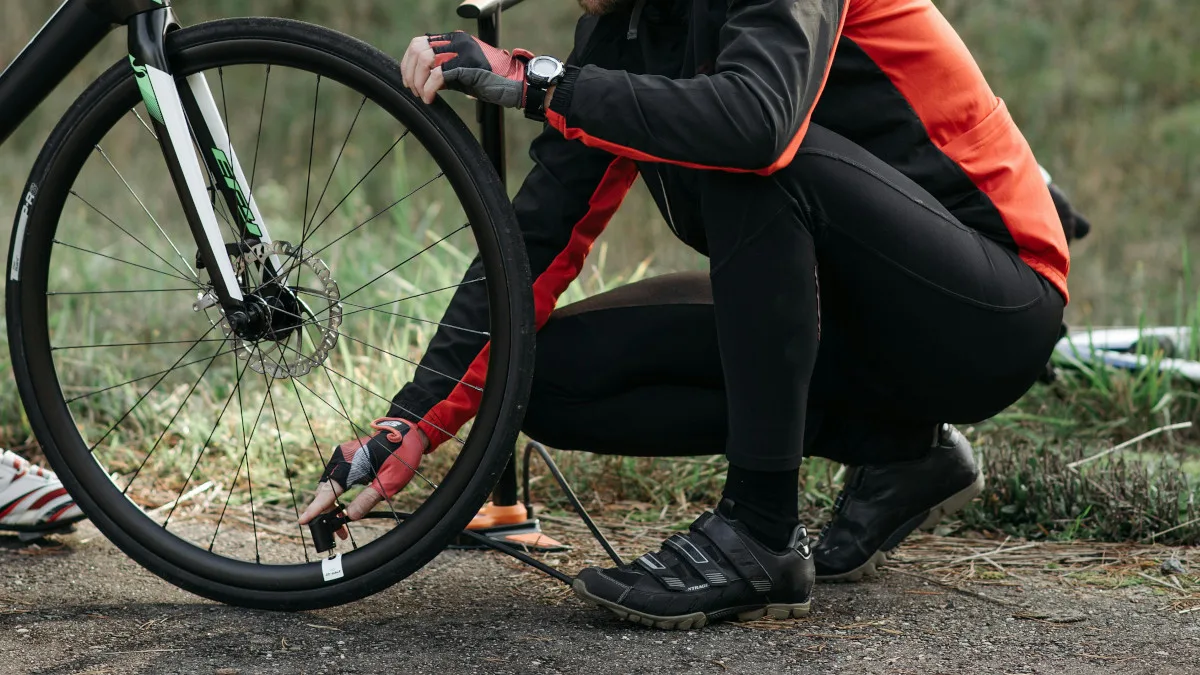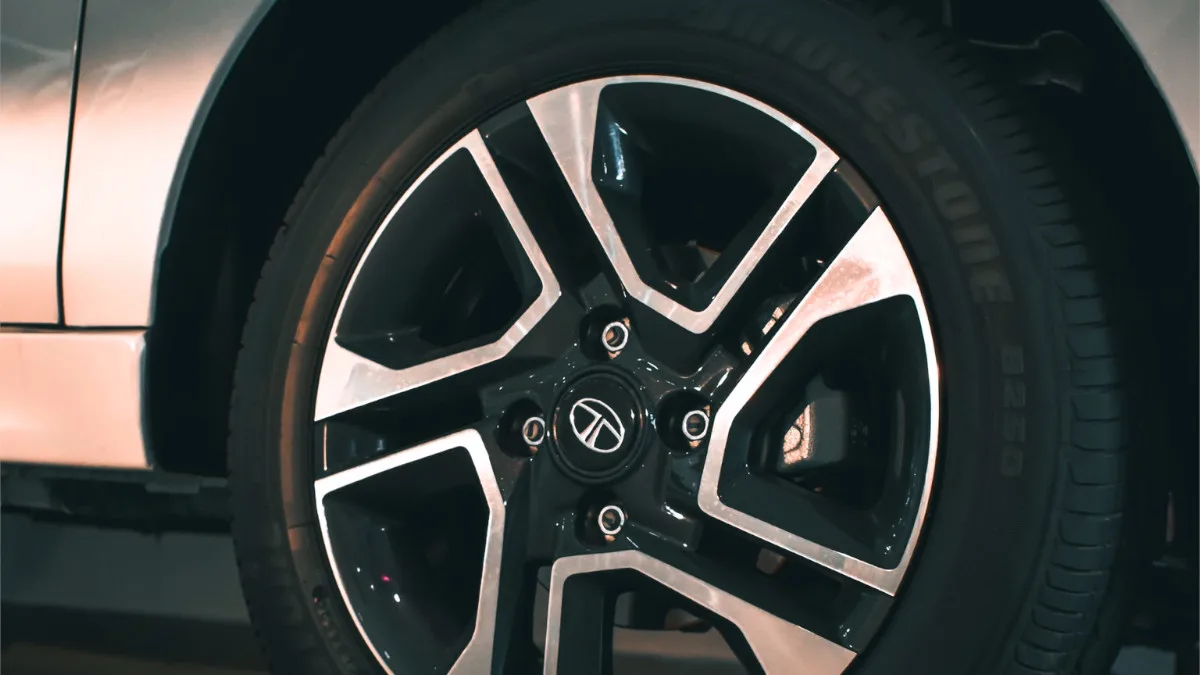
Bicycles are one of the most efficient and eco-friendly modes of transportation. Whether you use your bike for commuting, exercise, or leisure, it’s essential to keep it in good working condition. One critical component that can significantly affect your bike’s performance is the chain. Over time, bike chains wear out, leading to reduced efficiency, increased maintenance costs, and potentially dangerous riding conditions. In this article, we’ll explore how to check if your bike chain is worn out and what steps you can take to ensure your ride remains smooth and safe.
Why Check Your Bike Chain?
A worn-out bike chain can lead to a host of problems, including:
-
Reduced Performance: As the chain stretches and wears, it can no longer mesh smoothly with the gears and cassette, leading to a less efficient transfer of power from your pedals to the wheels.
-
Poor Shifting: A worn chain can cause erratic shifting, making it challenging to find the right gear and negatively impacting your riding experience.
-
Drivetrain Damage: A worn chain can wear down the teeth on your bike’s gears (cassette and chainrings), leading to expensive drivetrain replacements.
-
Safety Concerns: A worn chain can skip or even break under heavy load, potentially causing accidents or injuries.
Now, let’s delve into the steps to check if your bike chain is worn out:
-
Visual Inspection:
The easiest way to start checking your chain is through a visual inspection:
a. Look for Rust: Rust can weaken the chain and make it more prone to breaking. If you notice rust on the chain, it’s a sign that the chain may be compromised.
b. Check for Chain Stretch: Over time, a chain will naturally stretch due to wear. You can use a ruler or a specific chain wear tool to measure the distance between the pins over 12 full links. If the measurement exceeds 1/16 of an inch or 0.5% of the total length, it’s time to replace the chain.
-
Auditory Inspection:
Your ears can also help detect chain wear:
a. Listen for Noise: A chain that has worn out significantly may produce a noisy, grinding sound when pedaling, especially under load. This noise can be a clear indicator that it’s time to replace the chain.
-
Feel the Resistance:
a. Ride Sensation: Pay attention to how your bike feels while pedaling. If you notice a “gritty” or “sluggish” sensation when you pedal, it could be due to a worn chain.
-
Professional Inspection:
Sometimes, it’s challenging to detect chain wear by visual and auditory cues alone. In such cases, consider taking your bike to a professional bike shop for a thorough inspection. They can use specialized tools to measure chain wear accurately and advise you on the best course of action.
Preventing Chain Wear:
Prevention is always better than cure. To extend the lifespan of your bike chain and maintain its performance, consider these tips:
-
Regular Cleaning and Lubrication: Clean and lubricate your chain regularly to reduce friction and wear.
-
Proper Shifting: Shift gears smoothly, avoiding cross-chaining and excessive force on the chain.
-
Replace Your Chain Timely: Replace your chain before it becomes excessively worn to avoid damaging other components.
Your bike chain is a critical part of your bicycle’s drivetrain, and keeping it in good condition is essential for an enjoyable and safe riding experience. Regularly inspecting your chain for wear and taking appropriate action can save you money on future repairs and ensure that your bike performs at its best. Remember, a well-maintained chain not only extends the life of your bike but also enhances your overall riding experience.
Discover more from Wheels Craze - Automotive News, EV News, Car News, Bike News
Subscribe to get the latest posts to your email.




